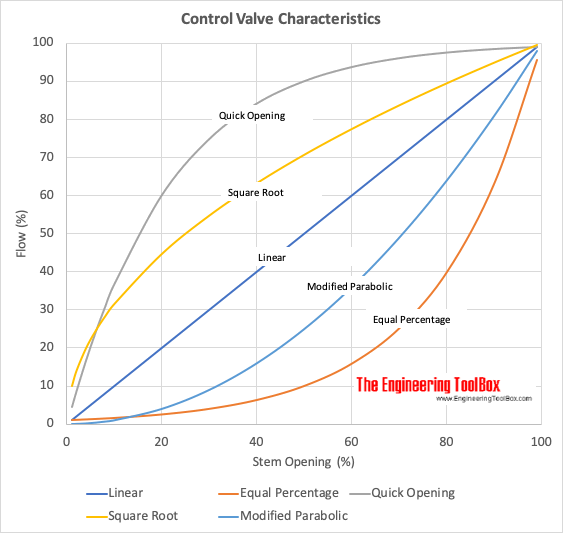only cutaway view i could find was for a walbro carb here:
http://www.tanaka-usa.com/pdf/serv/Walbro_Service_Manual.pdf
part throttle fuel delivered by both jets, and at WOT only the main.
WOT fuel path: diaphragm pulse, HS needle/seat, check valve, the finally main jet.... where vacuum (air velocity) dictates the amount of fuel volume and atomization. air bleed determines transition point rpm where main jet comes on solely. load on the engine must play some role as well.
if the air velocity is held constant at WOT over the main jet, you would get a proportional amount of fuel rate. whatever the limiting factor of fuel supply is, (in the WOT fuel path), would dictate final control of this volume rate. any of the WOT fuel path variables that control volume of flow, would have an effect, because each of them controls fuel volume flow. any adjustment has effect on all the others.
for tuning, a 1/4 turn of the screw, with a larger jet installed, would seem to result in a much more radical change than if compared to a same 1/4 turn of the screw, with a smaller jet size.






